Silicone is a material widely used in life such as kitchenware, technical components, and medical products. However, there are many different types of silicone on the market, making it difficult for consumers to distinguish between good and poor quality products. In this article, we will learn how to identify and choose the right silicone product.
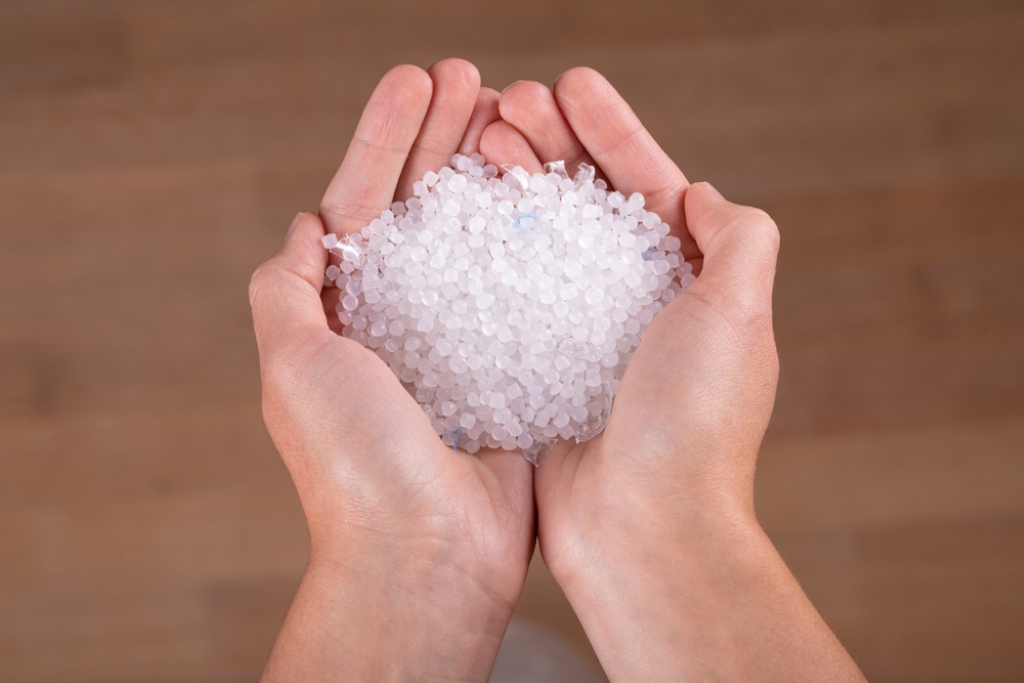
1. Virgin and recycled silicone material
Recycled Silicone
Color: Usually opaque or uneven.
Texture: Brittle, prone to cracking or losing elasticity.
Safety: There is a risk of harmful chemical contamination.
Virgin Silicone
Color: Transparent or uniformly colored.
Texture: Soft, flexible, and good elasticity.
Safety: Has been tested for medical products and kitchenware.
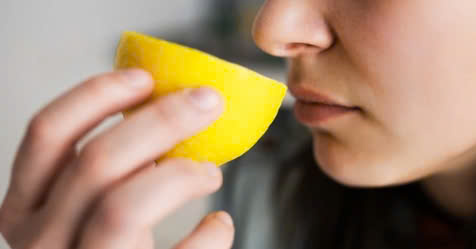
2. Smell test
- Good silicone usually has no smell or a very light smell.
- Low-quality silicone has a chemical smell or a strong rubber smell due to the use of unsafe additives.
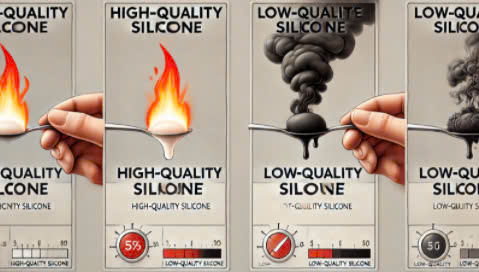
3. Heat resistance
- Good silicone has high heat resistance (up to 200°C or more) and does not deform when heated.
- Poor quality silicone easily melts or deforms when exposed to high heat.
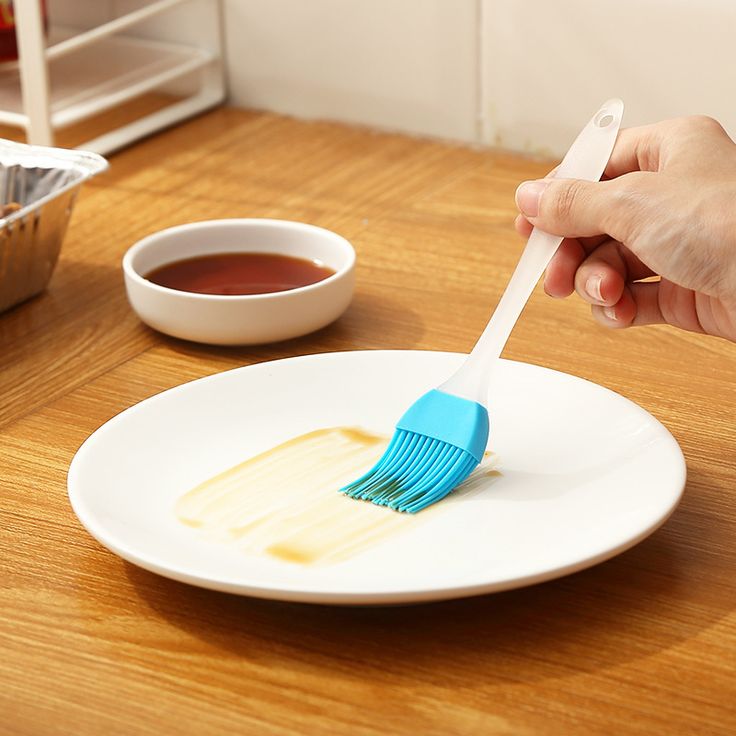
4. Non-stick ability
- Good silicone is usually not sticky when touched or used.
- Poor quality silicone has a slippery surface, easily attracts dust or sticks to hands.
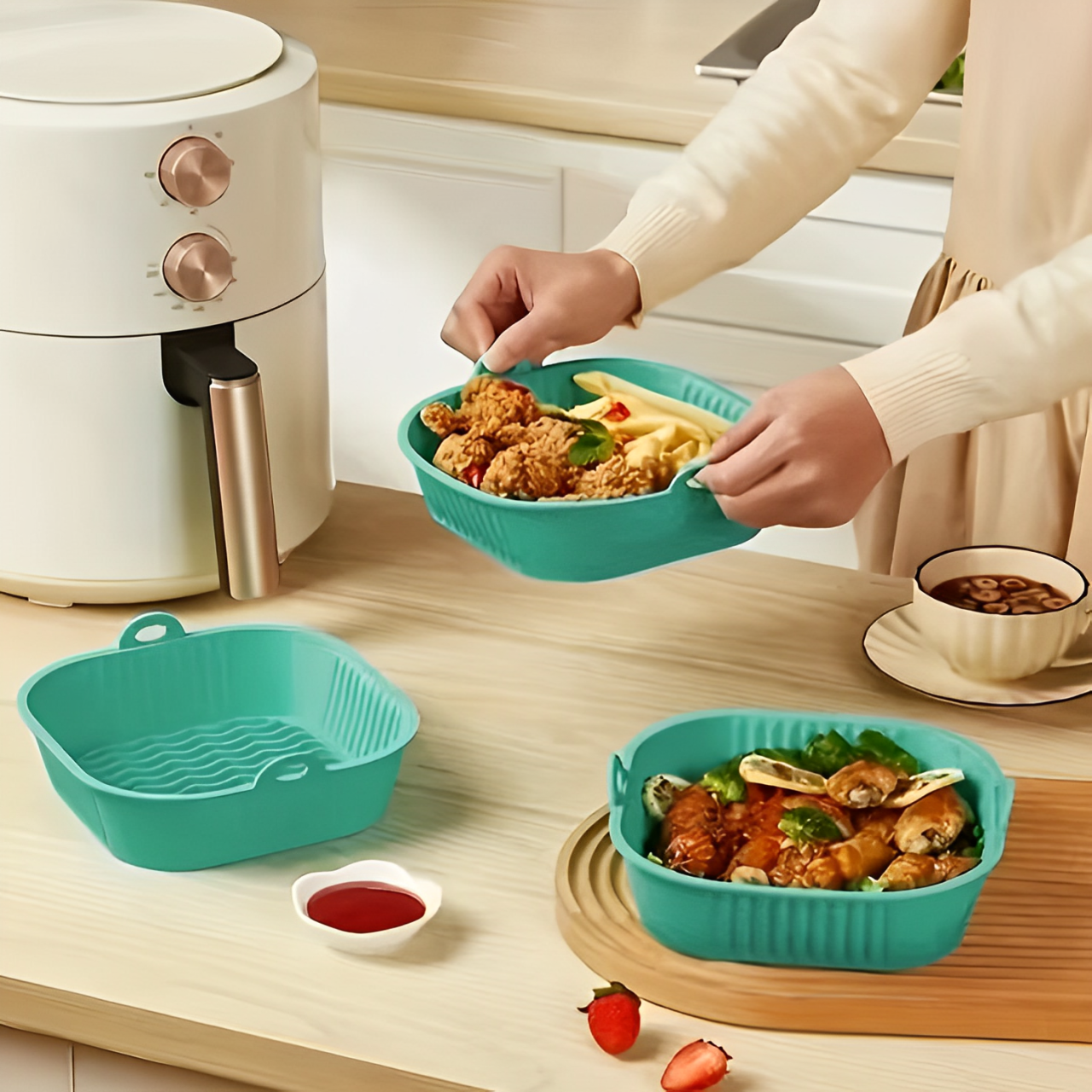
5. Experiment by fire
- Good silicone when burned will emit white smoke, no sparks and no plastic melt.
- Poor quality silicone easily burns, emits black smoke and has a burnt smell.
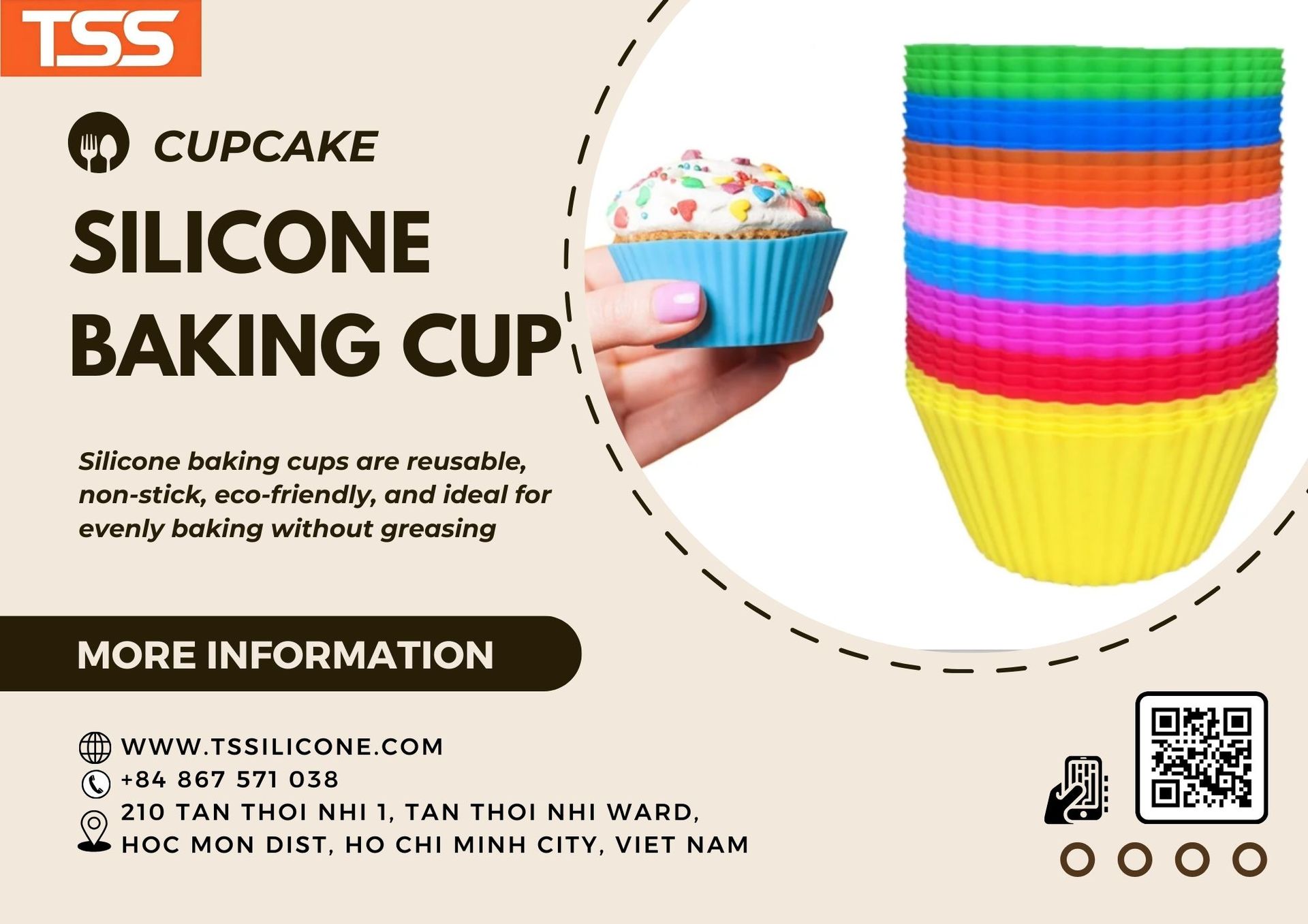
6. Brand and origin
- Choose products from reputable brands, with safety certification and clear origin.
- Avoid buying products without labels or incomplete information.
7. Price
- Good silicone is more expensive due to its virgin material and strict manufacturing process.
- Poor quality silicone is often very cheap, but does not guarantee safety when used.
How To Distinguish Good And Bad Silicone Products